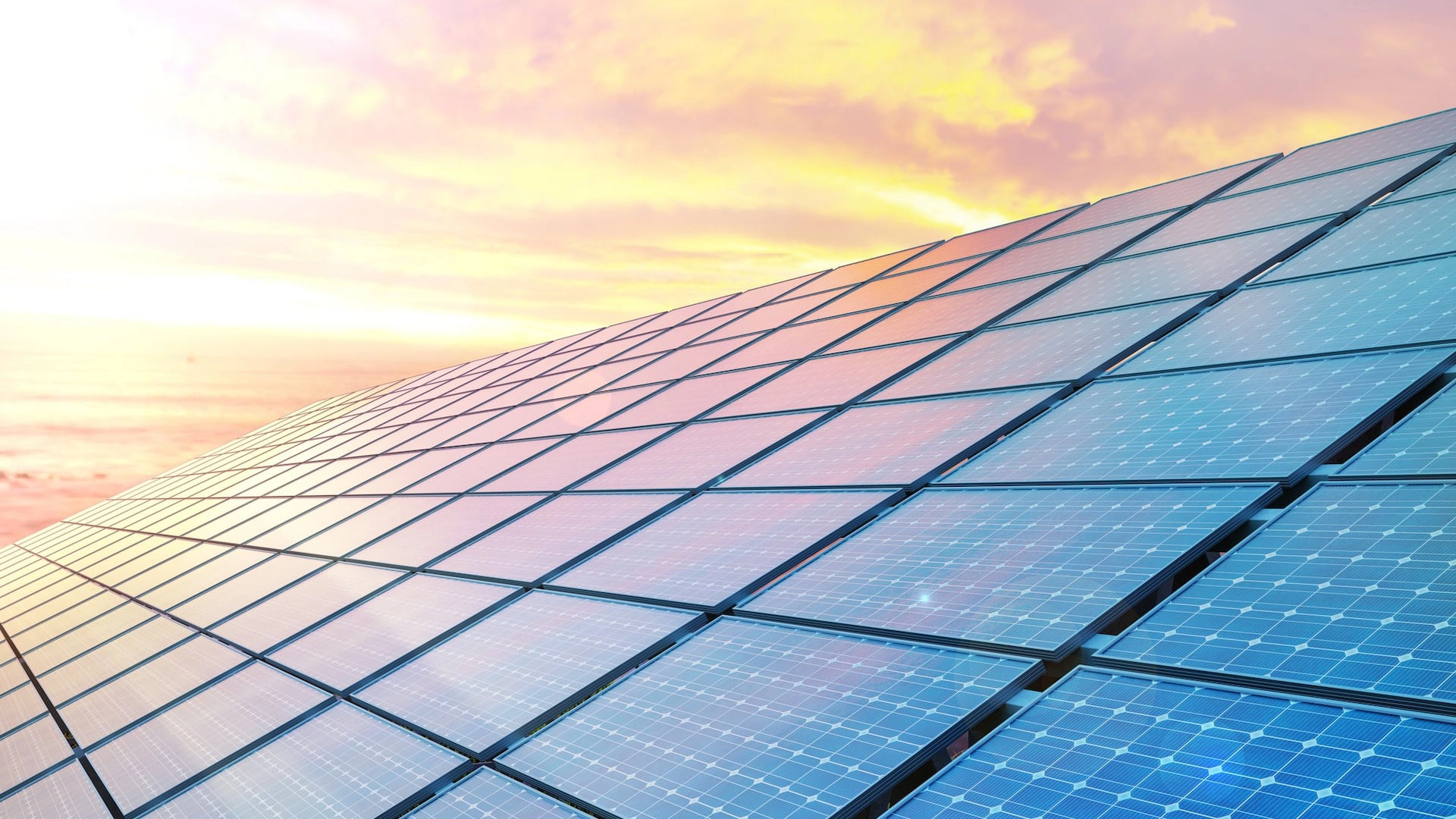
Where does solar power come from?
Solar energy is one of the most important resources used by humans. Like wind or biomass, energy from the Sun is considered a sustainable energy source, as its use and consumption have no harmful consequences for the Earth or the Sun, and it can provide human energy needs without depletion.
To truly understand how much energy our Solar System's centre emits, we only need to look at a statistic: one hour of sunlight on our planet can provide more energy than the entire human race can consume in a year.
However, to collect even a fraction of the enormous energy from the celestial body and utilize it, advanced technology is necessary.
So how is solar energy utilized? What are the advantages and disadvantages of solar energy, what does solar energy power, which objects powered by solar energy do we use in our daily lives, and how is solar energy utilized?
The pros and cons of solar energy
Like any energy source, solar energy also has its advantages and disadvantages. For example, wind power is an excellent resource as it is constantly renewable, and its collection and use do not harm the Earth, but it requires huge, visually disruptive wind turbines, not to mention that the wind does not always blow.
Perhaps the biggest disadvantage of solar energy is that only a fraction of the energy from the Sun reaches Earth, as a significant portion is reflected in space, and in other cases, clouds prevent it from reaching the surface of our planet.
Furthermore, a significant problem is that while older, established infrastructure-based energy sources - such as fossil fuels like natural gas - can be easily stored and transported, this is still an issue for newer resources.
Until recently, human technology was not advanced enough to use devices that operate on solar energy. However, the aforementioned problems are increasingly becoming a thing of the past, so according to predictions, solar energy will become the main energy source of our planet in a few years.
But how exactly is solar energy utilized and used?

How do solar panels work? Different types of solar energy
It is worth dividing the collection and use of solar energy into two main groups:
- Solar collectors
- Solar panels
Many people tend to confuse the two technologies because both use the energy of sunlight, but the way energy is utilized is completely different.
While a solar panel is a photovoltaic system that absorbs the electrical radiation coming from the sun (and creates electric current by forcing charged particles to move), a solar collector uses the energy of the sun in the form of heat, rather than electric current. The collector contains a liquid in an insulated storage tank that is heated by sunlight.
This means that solar collector systems are mainly used for procedures that operate with hot water (e.g. heating). In contrast, the energy collected by solar panels can be used for solutions that require electric current.
But what exactly are the devices, products, and tools that are powered by solar energy, what solar-powered objects exist, or what exactly does solar energy power?
The use of solar-powered electricity
The good news is that more and more things can be powered by solar energy. The most important ones are, of course, the devices and goods that we use most frequently: our homes, means of transportation, and the most essential household appliances.
Not long ago, it was unimaginable, for example, to drive electric cars that can be charged with solar panels installed on our homes, which can also power a large part of the house and its appliances (such as heating, indoor and outdoor lighting, kitchen appliances, entertainment electronics, etc.).
But today, this has become a reality. What can be powered by solar energy?
Objects powered by solar energy
Here is a long (but not complete) list of objects powered by solar energy:
- Cars
- Motorcycles
- Boats
- Bicycles
- Scooters
- Go-karts
- Indoor lighting
- Garden lights
- Street lighting
- Television
- Computer
- Phone charging
- Water heater
- Heating elements
- Power generators
- Cooling equipment
Although some devices are still awaiting solar energy usage (such as airplanes), if we follow the path that humanity has taken in the last 1-2 decades, we can be sure that it will happen eventually. And this is the best news for our planet.

Solar energy technology - Conclusion
In conclusion, solar energy technology has both advantages and disadvantages. On the positive side, it is a renewable energy source, does not produce greenhouse gas emissions or other harmful pollutants, and can provide energy independence to households and businesses. Additionally, solar panels have become more affordable and efficient over time, making them a more attractive option for consumers.
However, there are also some drawbacks to solar energy technology, including its intermittent nature, the need for large land areas to install solar panels on a utility scale, and the environmental impact of manufacturing solar panels.
To further advance solar energy technology, there is a need for continued research and development to improve the efficiency and cost-effectiveness of solar panels, as well as the development of new energy storage solutions to address the intermittent nature of solar power. Additionally, policies that incentivize the adoption of solar energy, such as tax credits and subsidies, can help drive investment and deployment of solar technology.
By addressing these challenges, solar energy has the potential to become a significant contributor to the world's energy mix, reducing carbon emissions and mitigating the impacts of climate change.
